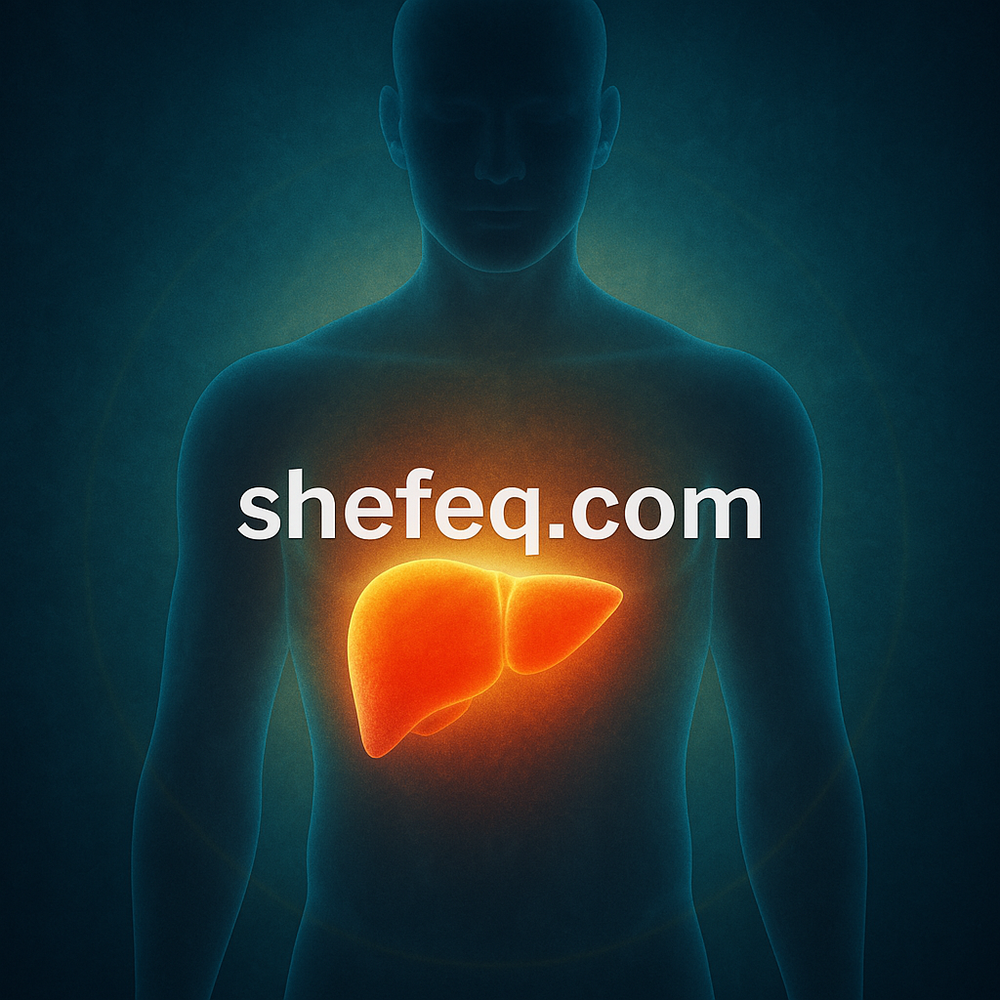S – Social Perspective: A Silent Organ with Loud Consequences
The liver is the quietest yet one of the hardest-working organs in the human body. It never aches, never screams, never gives off an alarm. But its silence is precisely what makes it dangerous.
People often become aware of liver problems only when the disease has already progressed. Chronic fatigue, loss of appetite, yellowing of the skin, or abdominal bloating are signs that appear in the later stages.
There are many common misconceptions about the liver in society:
-
“I took liver-cleansing medicine, so I’m fine.”
-
“There’s no need to worry unless I turn yellow.”
-
“I don’t drink alcohol, so my liver must be healthy.”
However, hepatitis is a silent enemy of the liver. It can progress for years without showing any symptoms and one day result in cirrhosis, cancer, or organ failure.
A – Academic Perspective: What is Hepatitis and How Does It Spread?
Hepatitis is an inflammation of the liver. It can be caused by various factors: viruses, toxins, medications, alcohol, or autoimmune processes.
1. Viral Hepatitis – The Most Common Types:
-
Hepatitis A (HAV):
→ Spread through food and water contaminated with feces.
→ An acute, short-term infection.
→ Full recovery is possible. -
Hepatitis B (HBV):
→ Transmitted through blood, sexual contact, and during childbirth.
→ Can become chronic.
→ Increases risk of cirrhosis and liver cancer. -
Hepatitis C (HCV):
→ Mostly spread through blood (injections, tattoos, transfusions).
→ Develops silently for many years.
→ Progresses to a chronic form, quietly destroying the liver. -
Hepatitis D (HDV):
→ Exists only in conjunction with hepatitis B.
→ Causes a more severe clinical course. -
Hepatitis E (HEV):
→ Mainly found in developing countries with poor sanitation.
→ Especially dangerous during pregnancy.
2. Acute and Chronic Forms:
-
Acute hepatitis lasts less than 6 months.
-
Chronic hepatitis persists for more than 6 months and causes permanent structural damage to the liver.
3. Symptoms:
-
Fatigue, loss of appetite, nausea
-
Heaviness in the upper right abdomen
-
Yellowing of the skin and whites of the eyes
-
Dark urine, pale stool
-
Abdominal bloating and skin itching (in chronic cases)
4. Diagnosis and Treatment:
-
Blood tests (ALT, AST, HBsAg, Anti-HCV, etc.)
-
Ultrasound (to assess liver size and structure)
-
FibroScan or biopsy (to evaluate fibrosis stage)
-
Treatment depends on the virus (interferons, DAAs, hepatoprotectors, etc.)
İ – Public Perspective: Why is Awareness So Weak?
There are many myths and misunderstandings in our society about hepatitis, which makes early detection and prevention more difficult.
1. Underestimating the Risk
People often think of hepatitis simply as “yellowing of the skin.”
Yet non-jaundiced hepatitis types are more dangerous — because they progress silently.
2. Social Stigma
Since hepatitis B and C are infectious diseases, patients may be socially stigmatized.
This causes many to avoid seeking medical care.
3. Weak Promotion of Prevention
There is little public knowledge about vaccination and early screening.
Particularly, the risk of household transmission and the importance of childhood immunization are not emphasized enough.
4. Lifestyle Factors
Alcohol, unhealthy diets, exposure to chemicals (even in cosmetics) — all these gradually weaken the liver over time.
T – Research Perspective: What Does Science Say?
Scientific studies confirm the danger of hepatitis on both global and individual levels.
1. WHO Data (2023):
-
296 million people worldwide are living with hepatitis B.
-
Every year, 1.1 million people die from hepatitis-related diseases.
2. Harvard Medical School:
-
Hepatitis C is described as slow-progressing but highly dangerous.
-
20–30% of chronic patients develop cirrhosis or hepatocellular carcinoma.
3. Japanese Studies:
-
Although the liver has regenerative potential, prolonged stress, poor nutrition, and high viral loads reduce this capacity.
4. Effectiveness of Vaccination:
-
The hepatitis B vaccine is 95% effective.
-
It is essential in childhood and for individuals in high-risk groups.
Conclusion: The Liver Doesn’t Speak, But It Can Make You Listen
The liver acts as the body's detox center. It works silently, filtering toxins, regulating hormones, and performing vital functions without complaint.
But if we don’t listen to it, its silent cry can eventually overwhelm us.
What Should Be Done?
Prevention:
– Vaccination, early blood tests, ultrasound scans.
Nutrition:
– Avoid fatty, salty, alcoholic, and heavily preserved foods.
Stress and Emotional Balance:
– The liver is also affected by stress. A calm and balanced life is essential.
Clean Living:
– Avoiding habits that lead to overall body intoxication is the first condition for protecting the liver.

